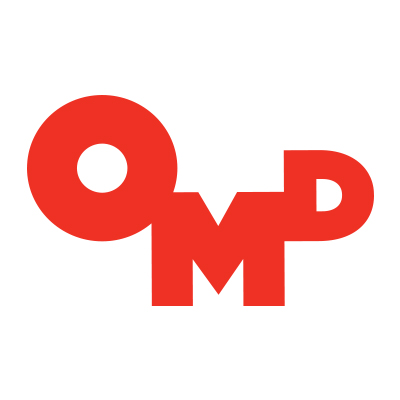This article was authored by Laura Kell and Tom Wilson.
Request a copy of ‘Marketing in a pandemic’ below.
During periods of volatility, it is harder than ever to have confidence in decision making. Businesses are rightly placing significant scrutiny on paid media investment. With pressure on the bottom line, marketing spend needs to be justified as an investment, not a cost.
Businesses need to consider when to spend, as well as how much to spend. The implications of acting too quickly – or too slowly – can impact both how brands are received by consumers and how much commercial value we’re able to extract from the marketplace.
Clients need to prove that media investment will deliver profit growth – both now and in the longer-term. But the disruption to retail, consumer behaviour and media consumption has been so severe that historical ROI benchmarks cannot be used to set budgets now.
OMD has invested heavily in building a model to quantify the rules that govern media ROI. This model lets us predict likely ROI for any brand in any market based on key indicators – helping us apply rigour to investment planning in all our global markets.
The analysis is critical for any international client who cannot invest in measuring media payback across their full portfolio. It is also vital for brands planning investment to maximise growth in recovery:
Whilst we can’t predict what will happen next, our model can predict how disruption to retail, consumers and media will impact media effectiveness.
Whilst this is a crisis like no other, the rules that govern media ROI remain constant:
- Do customers want to buy our product?
- Are they able to buy it?
- How much does it cost?
- How much does it cost to reach our customers?
- Will we cut through against our competitors?
- Have we invested enough in the past to secure future equity and market share?
The level of disruption is different in every market – but if we can quantify the key inputs above, we can reliably predict whether media investment will drive profit growth for any brand in any market. We can then select where to invest – and where not to invest – to support immediate profit growth.
Fluctuations in media pricing and media consumption mean that we may need to rethink how we invest to engage our consumers. We need to select a channel mix that maximises target audience reach at the lowest cost, based on current media cost and consumption.
The best way to navigate this challenge is by marrying the best quality data available with world-class expertise. Across our global markets, we are engaging local experts to capture the most up-to-date datasets on channel effectiveness. Our global Channel Planner tool has been recalibrated so every market can plan their budget to maximise target audience reach in the shifting media landscape.
This is where the fusion of data and expertise becomes critical. We know what’s happened before and we know what the landscape is likely to do given signals from the rockface. It is, therefore, possible to move forward confidently and with purpose to achieve successful business outcomes. History has taught us that there is a benefit to continued spending, provided it is done in the right way, and that disruptive periods are often opportunities to address more fundamental challenges.
It is naïve to assume that this is a ‘normal’ downturn – it is clearly unprecedented – but there are parallels we can leverage from historic events that can help guide us. We can predict how certain factors will impact media ROI, for example, and help us set the optimal budget to move forward. We can model the impact on sales channels, on consumer purchase intent, on economic barriers and on media footprint. Factoring this understanding into our decision making unlocks potential savings from a highly unusual media pricing landscape.
This approach of evidence-based creative planning is both robust and imaginative, allowing us to understand how far we’re deviating from ‘business as usual’ and what our pathway should be to get back there.
KEY TAKEOUTS:
- Whilst brands that spend during downturns often create a disproportionate competitive advantage, the reality is more nuanced by category & brand
- Ensure the right factors are being considered (Brand health, Sales, Media pricing, Competitive spend & Economic confidence)
- ROI is a product of media driven profit over media investment – modelling needs to understand how those two parameters might be impacted
- It won’t enable you to predict what will happen next, but via modelling you can plan your media to minimise financial risk
- Accurate and timely media data also allows considered decisions on how to optimise spend across channels in a volatile media landscape
NEXT STEPS:
Assess your current investment decisions and understand whether they are driven by the latest data and the appropriate modelling techniques
Request your copy of ‘Marketing in a pandemic’:
